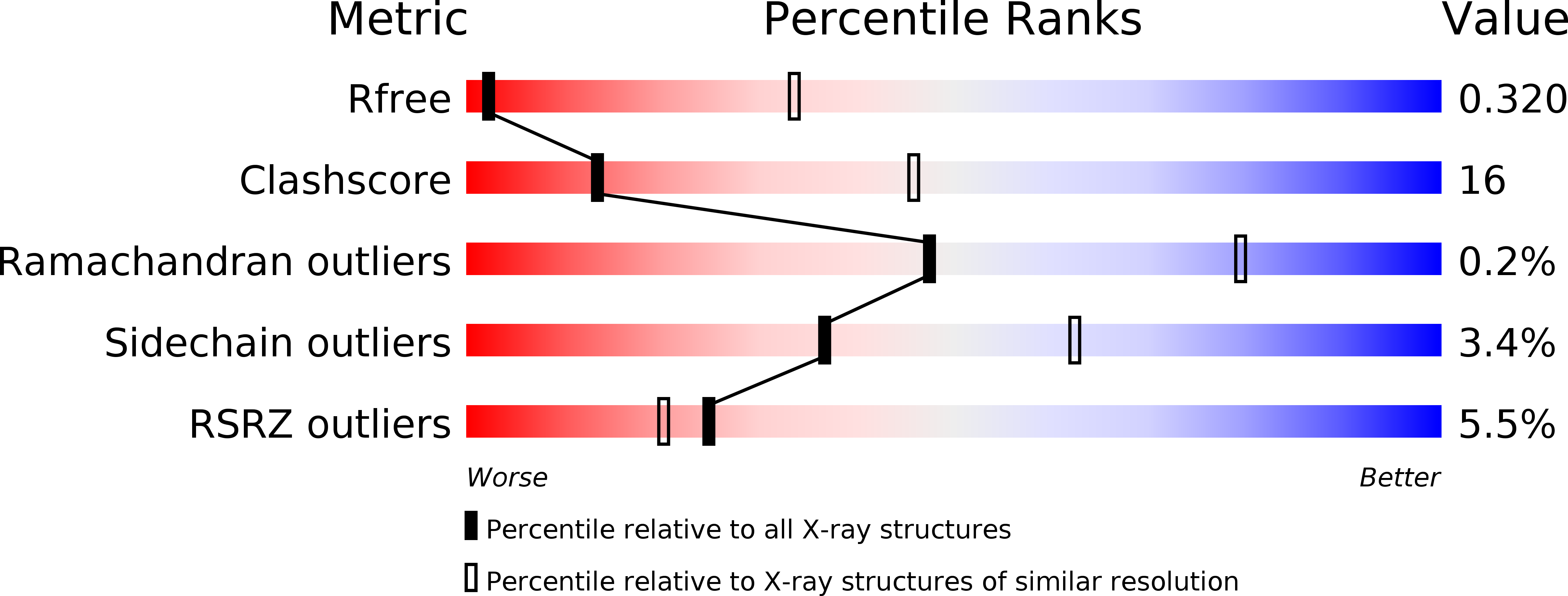
Deposition Date
2014-11-22
Release Date
2015-03-18
Last Version Date
2023-09-27
Entry Detail
PDB ID:
4X0Q
Keywords:
Title:
Ternary complex of human DNA polymerase theta C-terminal domain binding ddGTP opposite dCMP
Biological Source:
Source Organism:
Homo sapiens (Taxon ID: 9606)
synthetic construct (Taxon ID: 32630)
synthetic construct (Taxon ID: 32630)
Host Organism:
Method Details:
Experimental Method:
Resolution:
3.90 Å
R-Value Free:
0.31
R-Value Work:
0.25
R-Value Observed:
0.26
Space Group:
P 21 2 21


